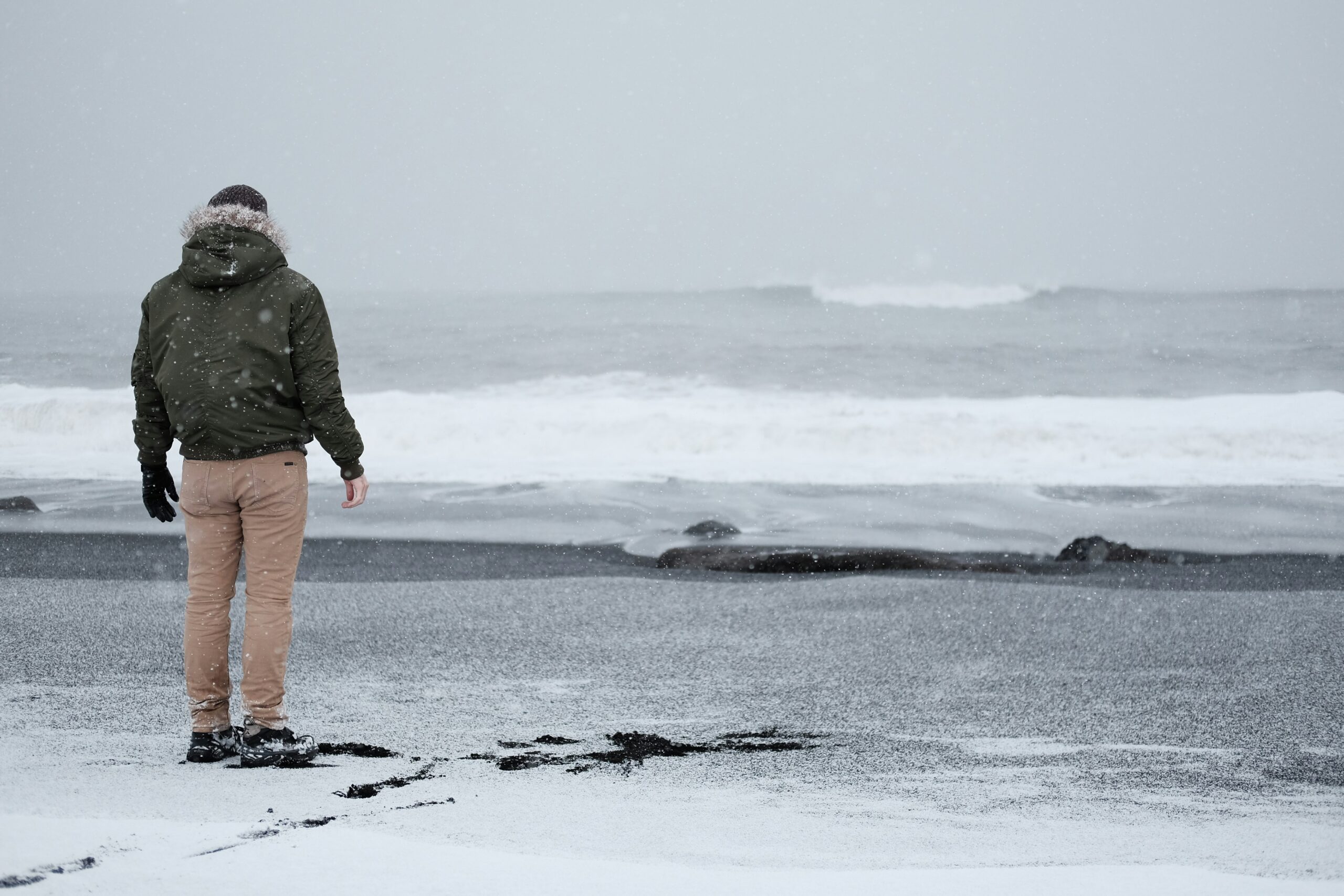Have you ever wondered what materials are used to make camouflage outdoor gear? Whether you’re an avid hunter or a nature enthusiast, understanding the construction of these essential items can enhance your appreciation for their functionality. From jackets to backpacks, a variety of materials are utilized to create reliable and effective camouflage gear. In this article, we will explore the different materials commonly used in the manufacturing process, giving you an insight into the science behind the art of blending in with your surroundings.

Understanding Camouflage Gear
Camouflage gear plays a crucial role in outdoor activities, allowing you to blend seamlessly into your surroundings and remain unnoticed by wildlife. Whether you’re hunting, bird-watching, or participating in other wilderness activities, wearing effective camouflage gear is essential. It helps you stay concealed and increases your chances of success in your outdoor pursuits.
Natural Materials for Camouflage Gear
When it comes to creating camouflage gear, natural materials have their own unique properties that contribute to their effectiveness. One commonly used natural material is 100% cotton. Cotton is breathable, lightweight, and allows for easy movement, making it ideal for hunting and other outdoor activities. Its natural earthy tones also provide excellent camouflage in various environments.
Wool is another natural material that is widely used in the manufacture of camouflage gear. Wool offers excellent insulation, even when wet, making it ideal for cold and damp environments. It also provides effective camouflage due to its natural color variations, helping you blend in with your surroundings. Additionally, wool is known for its durability and fire resistance, making it a reliable choice for outdoor gear.
Leather is used in the production of certain types of camouflage gear, especially accessories like gloves. Leather provides excellent durability and protection against harsh weather conditions, while also offering good camouflage properties. The texture and color of leather help it blend in with natural environments, making it a popular choice for hunters and wildlife photographers.
Synthetic Fabrics Used in Camouflage Outdoor Gear
Synthetic fabrics have become increasingly popular in the production of camouflage gear due to their performance and durability. Polyester is a synthetic fabric commonly used in creating durable camouflage clothing. Polyester is resistant to wrinkles, shrinking, and fading, making it perfect for outdoor gear. It is also known for its moisture-wicking properties, keeping you dry and comfortable during strenuous activities.
Nylon is another synthetic fabric that plays a significant role in waterproofing and durability of camouflage outdoor gear. Nylon has inherent water-resistant properties, preventing moisture penetration and keeping you dry in wet conditions. It is also strong, lightweight, and quick-drying, making it an excellent choice for outdoor enthusiasts who require gear that can withstand rugged terrains and unpredictable weather.
Goretex is a revolutionary synthetic fabric that has gained popularity for its advanced waterproof and breathable characteristics. This fabric, often used in high-end camouflage gear, allows sweat vapor to escape while preventing water from penetrating, therefore keeping you dry from both external moisture and internal perspiration. Goretex offers exceptional comfort and protection, making it a favorite among serious outdoor adventurers.
Importance of Camouflage Prints
Camouflage prints play a vital role in enhancing the effectiveness of camouflage gear. Techniques for applying camouflage prints have evolved greatly, allowing for more realistic and functional designs. Through various processes such as screen printing, heat transfer, and even digital printing, camouflage patterns are applied to fabrics with precision and detail.
There are different types of camouflage prints available, each designed for specific environments and purposes. Woodland camouflage is commonly used for activities in forested areas, mimicking the colors and patterns found in woodland settings. This print incorporates earthy browns and greens to help you blend in with trees, foliage, and the ground.
Desert-specific camouflage gear is designed for arid and sandy environments. With light browns, tans, and sandy colors, this pattern helps you blend seamlessly into desert landscapes, providing effective concealment. The unique design helps break up your outline and prevents you from standing out against the desert backdrop.
Camouflage prints for snowy environments are specifically created to help you navigate icy terrains with minimal visibility. These prints feature whites, grays, and light blues, allowing you to camouflage yourself against snow-covered surfaces. This type of camouflage gear enables you to move undetected in snowy landscapes, making it useful for winter sports and activities.

Designing Camouflage Gear for Specific Environments
Different environments require different camouflage gear to ensure effective concealment. Camouflage gear designed for woodland environments takes into account the colors, textures, and patterns found in forested areas. By combining shades of brown, green, and black, woodland camouflage gear helps you blend into the dense vegetation and undergrowth, providing optimal concealment during hunting or wildlife observation.
Desert-specific camouflage gear is tailored to blend in with the sandy terrain and arid conditions of desert environments. Light browns, tans, and sandy colors dominate the design, enabling you to stay concealed in the sandy dunes and rocky landscapes. This specialized gear is essential for military operations, desert safaris, and any outdoor activities conducted in desert regions.
Camouflage gear for snowy environments incorporates whites, grays, and light blues, mimicking the colors of the snow-covered surroundings. This gear helps you stay hidden in icy terrains, whether you are skiing, snowboarding, or engaging in other winter activities. By minimizing your visibility against the snowy backdrop, you can move undetected and enjoy your outdoor experiences safely.
Enhancing Camouflage Gear with Additional Materials
To further enhance the effectiveness of camouflage gear, additional materials and techniques are utilized. Macro and micro patterns are employed to break up the outline of the wearer, making it more challenging for the eye to detect human presence. These intricate patterns utilize a combination of colors and shapes, creating a disruptive camouflage effect that helps you blend in with your surroundings.
Dyed fibers are often utilized in the manufacturing of camouflage gear to customize the colors and tones of the fabric. By dyeing fibers, manufacturers can create specific shades that match the natural environment you’ll be operating in. This attention to detail ensures optimal camouflage, helping you stay hidden and increasing your chances of success during outdoor activities.

From Creation to Market: Manufacturing Camouflage Outdoor Gear
The manufacturing process of camouflage outdoor gear involves numerous steps to transform raw materials into the final product. Raw materials such as cotton, wool, polyester, nylon, and Goretex are sourced, ensuring their quality and suitability for outdoor use. These materials then undergo various processing techniques, including spinning, weaving, and dyeing, to create the desired fabric with the necessary properties.
Once the fabric is ready, the camouflage print is added using advanced printing techniques. These techniques include screen printing, heat transfer, and digital printing, depending on the complexity and precision of the desired design. The camouflage pattern is carefully applied to the fabric, ensuring that it accurately replicates the natural patterns found in the intended environment.
After printing, the fabric is cut and sewn into the final product, whether it be jackets, pants, hats, or other accessories. Quality control checks are conducted throughout the manufacturing process to ensure the gear meets the required standards and specifications. Once the products are ready, they are packaged and distributed to retailers, ready to be purchased and used by outdoor enthusiasts.
The Evolution of Camouflage Material
Camouflage materials have undergone significant advancements over time, leading to improved performance and effectiveness. Early camouflage gear primarily relied on simple designs and natural colors to provide concealment. However, as technology and understanding of camouflage evolved, new materials and printing techniques were developed, resulting in more realistic and functional camouflage.
The integration of digital printing technology has allowed for greater precision and detail in camouflage prints. This advancement enables the replication of intricate patterns found in nature and improves the gear’s concealment capabilities. The use of computer algorithms and digital imagery has revolutionized camouflage design, ensuring that the patterns perfectly match the intended environments.
Prominent manufacturers in the camouflage gear industry continually invest in research and development, pushing the boundaries of technology and materials. These manufacturers collaborate with experts to enhance the gear’s performance and incorporate innovative features. By constantly evolving and adapting to the demands of outdoor enthusiasts, they are able to stay at the forefront of the industry.
Challenges in Manufacturing Camouflage Outdoor Gear
While the manufacturing of camouflage outdoor gear comes with its rewards, it also presents several challenges. Sourcing raw materials that meet quality standards can be a complex task. Manufacturers need to ensure that the materials are durable, resistant to weather conditions, and can provide effective camouflage. Additionally, sourcing sustainable and eco-friendly materials is a growing concern among consumers, adding further challenges to the manufacturing process.
Printing techniques and design present another set of challenges. Precision and accuracy are crucial when applying the camouflage print to fabrics. A single misalignment or imperfection can compromise the gear’s concealment capabilities. Manufacturers must invest in advanced printing technologies and skilled personnel to overcome these challenges and deliver high-quality products.
Meeting consumer demands and preferences is yet another challenge in manufacturing camouflage outdoor gear. Outdoor enthusiasts have varying needs and expectations, ranging from functionality and durability to style and comfort. Manufacturers must carefully balance these demands while ensuring that the gear remains effective in providing concealment. This requires constant research, development, and innovation to cater to a diverse market.
Sustainability in Camouflage Gear Manufacture
As environmental concerns continue to grow, the sustainability of camouflage gear manufacturing is a crucial consideration. The production of camouflage gear can have a significant impact on the environment, from sourcing raw materials to the manufacturing process itself. To address these concerns, manufacturers are adopting approaches to make the production of camouflage gear more sustainable.
One approach involves sourcing materials from sustainable and eco-friendly sources. This includes using organic cotton and wool produced using environmentally friendly practices, as well as recycled synthetic materials. By utilizing these materials, manufacturers can reduce their carbon footprint and minimize the environmental impact of the gear.
Furthermore, advancements in technology have allowed for the development of waterless dyeing processes, reducing water consumption and minimizing water pollution. Additionally, some manufacturers are exploring alternative dyeing methods using natural dyes derived from plant-based sources, further reducing the reliance on harmful chemicals.
Consumer preferences also play a crucial role in sustainability efforts. As more consumers prioritize eco-friendly products, manufacturers are driven to adopt sustainable practices. By aligning consumer demands with sustainable manufacturing processes, the industry can collectively work towards reducing its environmental impact and promoting the use of eco-friendly camouflage materials.
In conclusion, understanding camouflage gear is essential for anyone engaging in outdoor activities. By utilizing natural materials and synthetic fabrics, incorporating effective camouflage prints, designing gear specifically for different environments, and enhancing gear through additional materials, manufacturers are able to create high-quality camouflage outdoor gear. The evolution of camouflage material has led to improved performance and advancements in technology. However, challenges in sourcing raw materials, printing techniques, and meeting consumer demands persist. To ensure a sustainable future, manufacturers are increasingly adopting eco-friendly practices and catering to consumer preferences for environmentally conscious camouflage gear. With these advancements and considerations, camouflage gear continues to evolve, providing outdoor enthusiasts with the tools they need for successful and immersive experiences in the wilderness.

